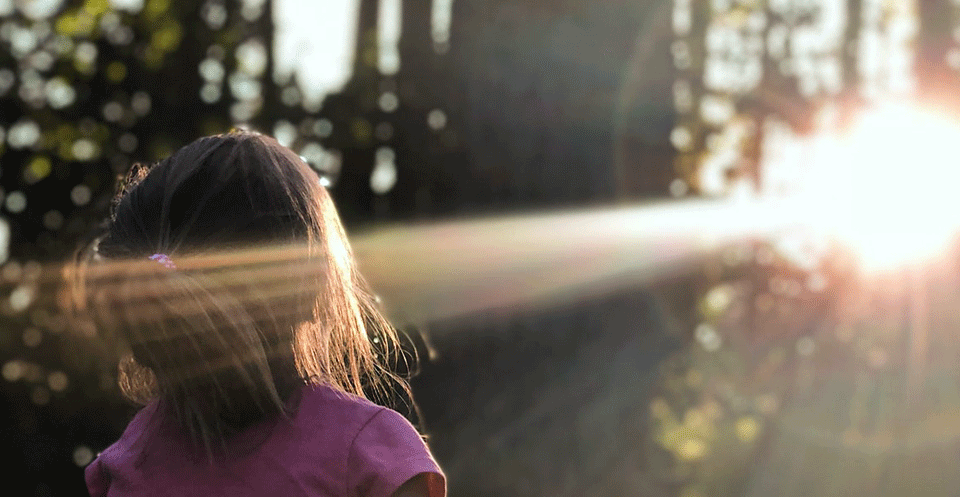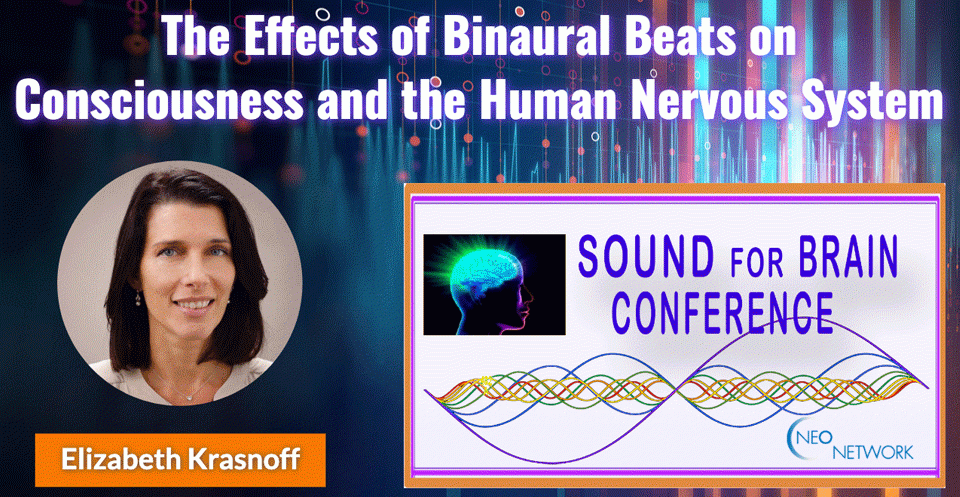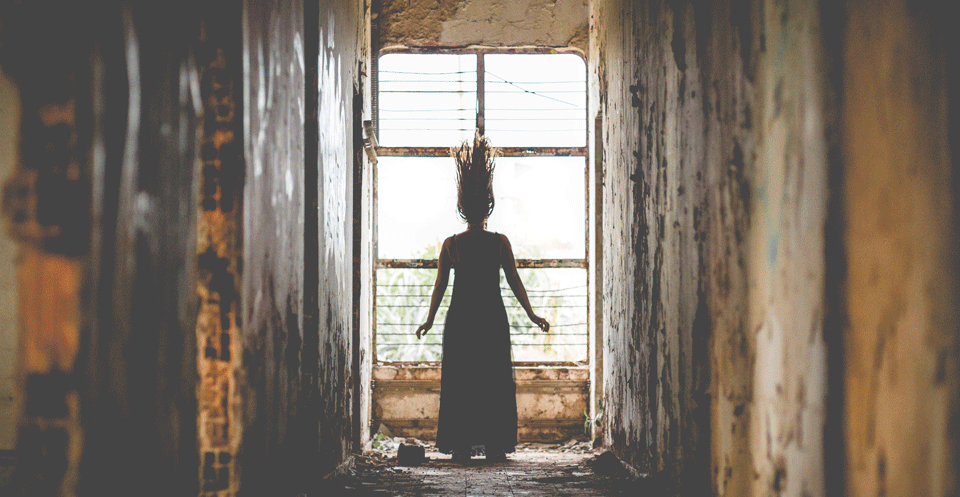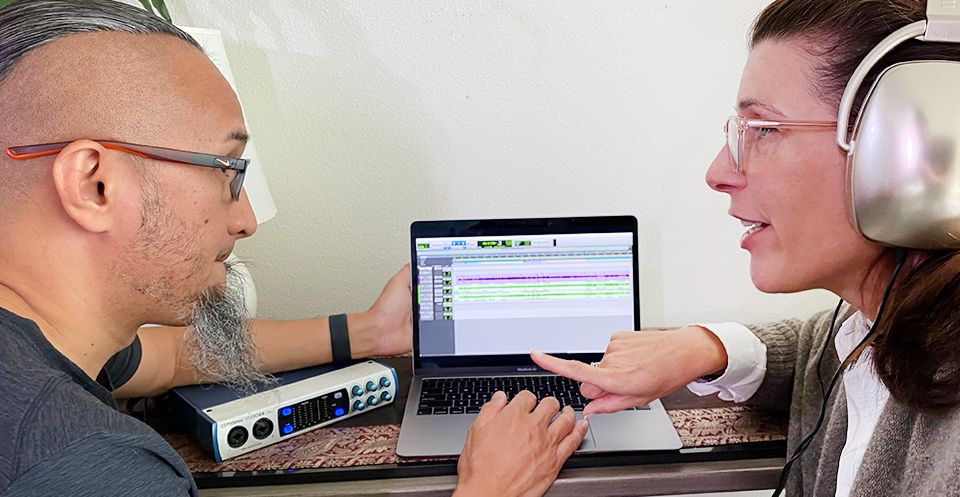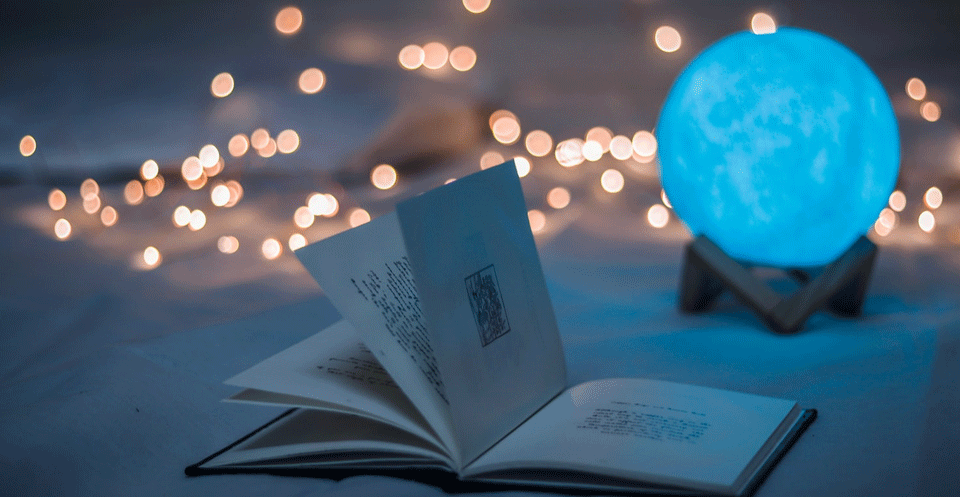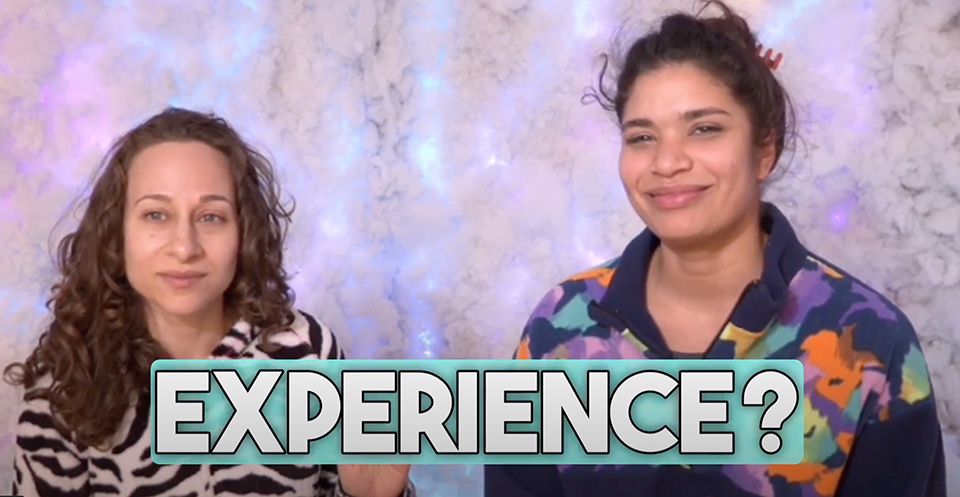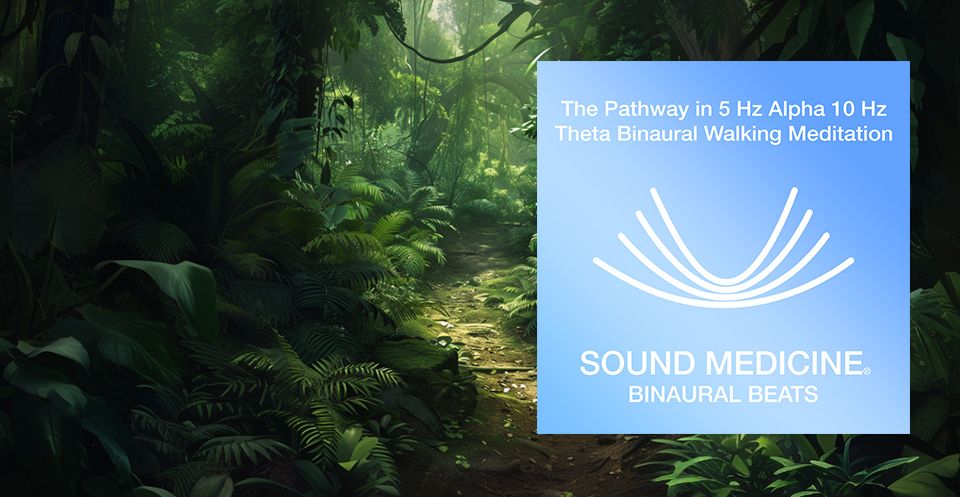Scientific innovations harness noise and acoustics for healing
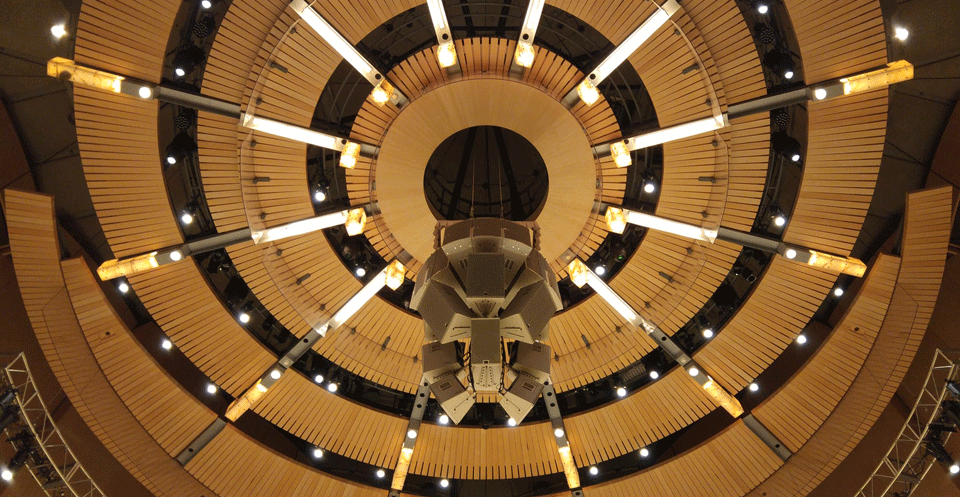
Here is an inspiring summary of the recent research happening over at Stanford in the world of science and sound. Did you know sound can be used to identify insects? Or direct human heart cells into a healthier state? (There is a cymatics video where you can view this happening) And possibly one day generate new and healthy heart tissue? One group has even found a way to make seizures audible, and another has developed a system that uses ultrasound with implant technology that could work to maintain blood pressure or manage urinary incontinence or diabetes. Although this all “sounds” unbelievable, it is quite excitingly true-- Elizabeth
From the original stethoscope, invented more than 200 years ago, to the fleeting chirp of gravitational waves, sound has reverberated throughout the history of technological and scientific advances.
Today, the role of sound in science extends beyond the range of audible frequencies: Ultrasonic and other silent acoustic waves have made their way into researchers’ repertoire, helping them push the boundaries of conventional medicine and research.
In examples from four Stanford labs, scientists are investigating the full spectrum, harnessing the nuances of noise and the power of acoustics to generate inventive, if not unexpected, technologies that show just how potent the combination of sound and science can be.
Turning the irksome into the advantage
Nothing incites irritation in quite the same way as a lurking mosquito. But its high-pitched drone may actually help curb spikes in mosquito populations and, more importantly, the diseases that they pass on to humans. This, at least, is the premise behind Manu Prakash’s newly launched app, Abuzz.
Prakash, PhD, assistant professor of bioengineering, created Abuzz to digitally identify and tag mosquito species based on their hums. His vision: build a “soundscape” that maps the global whereabouts of these voracious vectors and provide details about the diseases they can carry — Zika, malaria, dengue and the like. It may seem lofty, but Prakash asserts that all he needs is an avid user base with access to cellphones (“dumb” phones like a flip phone make the cut).
“Our goal is to put the data in the hands of locals and public health organizations who are focused on mosquito-disease elimination,” Prakash says. “We want this to provide details of mosquito ecology — species, associated diseases, the location of the recording — so that it can be a worldwide awareness and alert system for disease-carrying mosquitoes.”
Naturally, populating such a map will take time, and a lot of users. So how does one collect that much data from far-flung corners of the globe? Recruitment and a simple training session, Prakash says, that consists of four basic steps: venture out, creep up to a mosquito (or let it creep up to you), record its pitchy hum and send the data to Abuzz for analysis.
Abuzz — the Shazam app of the insect world — uses software to determine if the recorded noise is really a mosquito, not a house fly, distant jet or other imposter. Then, it compares the recording with a database of different mosquito buzzes and tries to find a match. This is possible because every mosquito species emits a unique sound, generated by the flutter of its wings.
“What’s beautiful about Abuzz is it’s not just limited to mosquitoes. Right now, we’re looking into whether we can use this method to identify sick versus healthy honeybees.”
Ideally, knowing the geographic regions where specific mosquito species are recorded can help battle unwanted multiplication. “Locals could look in their neighborhood for likely mosquito-spawning areas and remove the larvae,” Prakash suggests.
Or, on a larger scale, agencies that try to hinder populations by releasing genetically modified mosquitoes could use the information to more precisely target regions and species. (Releasing an army of mosquitoes into the ether may sound rather vile, but gene modifications in these mosquitoes make their offspring unviable, helping to curtail a climbing population.)
“What’s beautiful about Abuzz is it’s not just limited to mosquitoes,” says Prakash. “Right now, we’re looking into whether we can use this method to identify sick versus healthy honeybees.” They don’t have the answer, but as health of honeybees in the United States continues to decline, Prakash and his team hope that their platform can help reveal the biology behind more than one flying insect.
Acoustic choreography
Heart cells are among the most densely packed in the body — about 100 million fit into a space the size of a sugar cube. The compact structure crams the cells so close together that they can communicate with one another and beat as one lump. For tissue engineers, however, it poses a tricky hurdle: Pack the cells too tightly and some won’t get proper nutrients; too loosely and they can’t coordinate a beat.
Cardiologist Sean Wu, MD, PhD, had been probing the problem when he met Utkan Demirci, PhD, an acoustic bioengineer and professor of radiology. “Utkan brought up this idea that we could use acoustics to pack the cells very densely and still maintain an ability to control and tune their organization — and we got really excited,” says Wu, associate professor of medicine.
Demirci’s idea exploits a type of acoustic signal that creates Faraday waves, which result from a physical perturbation at the interface of liquid and air (if you’ve ever flown in a turbulent plane with a beverage, you’ve witnessed Faraday waves in your cup). The waves cause ripples in the liquid, and anything floating in the liquid sloshes around too.
“You can trigger those ripples on the microscale,” explains Demirci. “Like when the tides of the ocean sweep a sunken ship’s treasures to shore — we’re sort of doing the same thing with heart cells.” The big difference, however, is that Demirci and Wu can control the “swell” by tuning a knob that changes the waves.
Wu and Demirci can then shepherd the heart cells into nearly any pattern they want. “You can make triangles, hexagonal shapes, circles, lines — you can even make a little human shape,” Demirci says.
“And,” Wu adds, “if you don’t like the pattern, for whatever reason, you can change it, literally, within five or six seconds. You change the frequency and amplitude, and the cells move into a new spot right in front of your eyes.”
Unlike other tissue engineering tactics, acoustics position the heart cells in a tight configuration that closely resembles natural cardiac tissue, turning the resulting, beating blob into something valuable for medicine.
Wu and Demirci think acoustic engineering could help foster more realistic cardiac disease modeling and drug screening. More distantly, but still on the horizon, the pair even see their generated tissue as an option for heart patches in patients who have weak cardiac walls or have damage from a heart attack.
Next, Demirci and Wu say that they plan to add vascularization — conduits that carry blood and oxygen to various parts of an organ — to make their generated heart tissue even more realistic.


